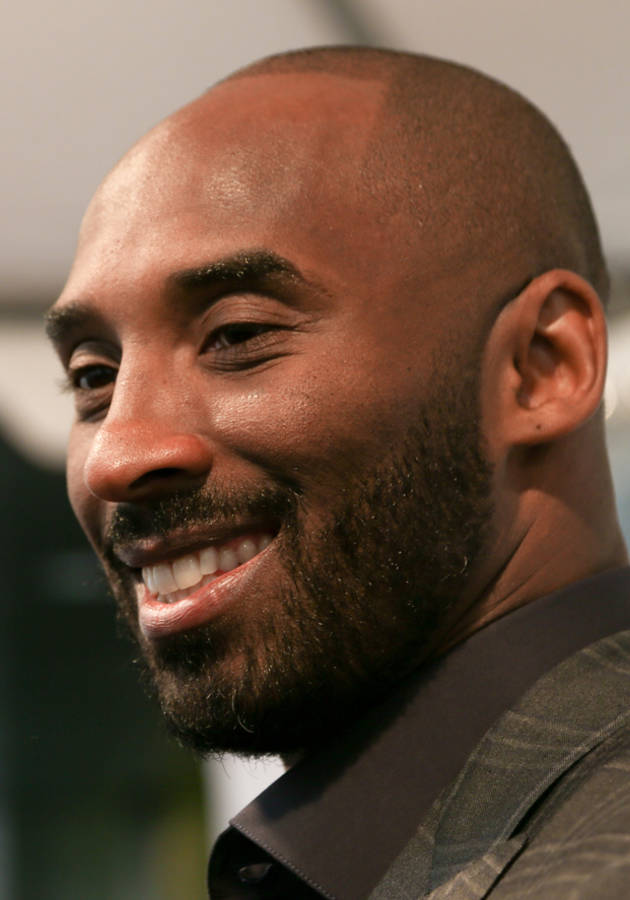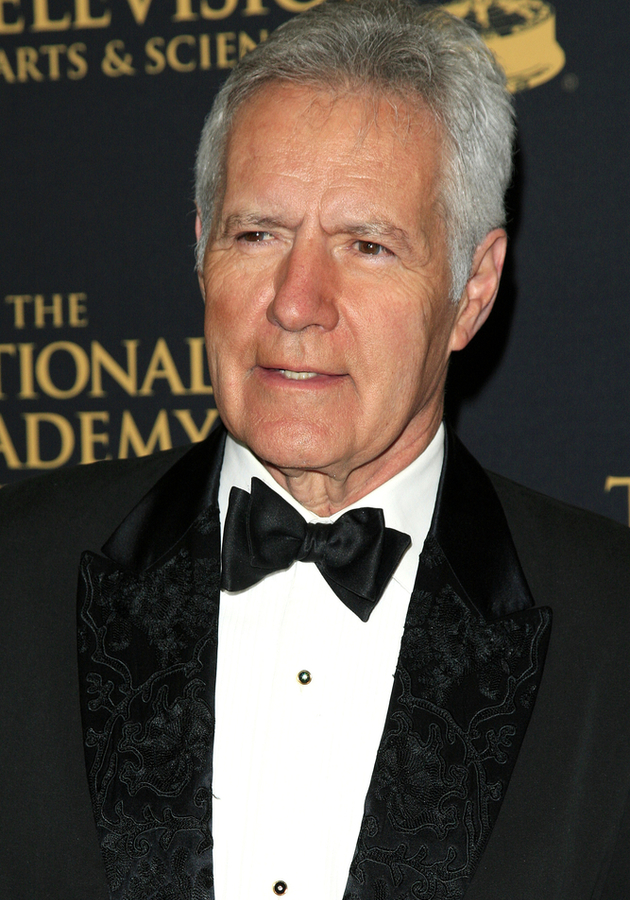Selected as the 13th overall pick in the 1996 NBA Draft, Kobe Bryant grew to become one of the most accomplished and celebrated athletes of all time.
The only guard in NBA history to play at least 20 seasons – all for the same team, the Los Angeles Lakers – Bryant averaged 25 points per game throughout this time, leading the league in scoring twice and tallying 33,643 regular-season points, the third-most all-time behind only Kareem Abdul-Jabbar and Karl Malone.
His first book, The Mamba Mentality, explains in detail how he did it. So, get ready to peer into the career – and mind – of one of the greatest basketball players in history.
A chronology of Kobe’s early career: the three-peat
Even though the LA Lakers would eventually end up retiring two of Kobe Bryant’s jersey numbers – 8 and 24 – he wasn’t actually their pick at the 1996 draft. He was, in fact, selected by the Charlotte Hornets, but, as part of a pre-agreed deal that included LA’s starting center Vlade Divac going in the opposite direction, Bryant was traded to the Lakers on July 1, 1996.
The first guard ever drafted directly out of high school, Bryant debuted for his new team at the age of 18 years and 72 days – becoming, at the time, the youngest player ever to play in an NBA game. The very next season, he also became the youngest All-Star in league history and immediately justified his selection, demonstrating both flash and efficiency and scoring a team-high 18 points for the Western Conference.
Two seasons later, Bryant won his first championship, only a week after a serious ankle injury, and five days after a stellar performance during an overtime win over the Pacers that brought the Lakers a 3-1 series lead in the 2000 NBA Finals. The next year, the Lakers beat the Philadelphia 76ers in a dominant fashion for a second straight title. And they didn’t stop there: just like Chicago had done twice in the decade before them, the Lakers completed a three-peat in the 2001-02 season with a clean sweep of the New Jersey Nets in the finals.
A chronology of Kobe’s late career: becoming a legend
During the following six seasons, the Lakers reached the Finals on two more occasions, failing to bring another title to LA on both occasions, after losing to the Pistons in five in 2004, and the Celtics in six in 2008. However, that didn’t stop Kobe Bryant from further developing his game and picking up several individual achievements throughout the same period, such as averaging over 40 points per game during a single month (a feat he repeated several times), scoring a career-high 81 points in a win over the Toronto Raptors on January 22, 2006, and being named the league’s MVP in 2008.
That same year, Bryant led the “Redeem Team” to a gold medal in the 2008 Beijing Summer Olympics. During the following two NBA seasons, Bryant added two more NBA titles to his list of achievements, while becoming one of only a handful of players to win the Finals MVP award more than once. He never got the sixth championship to match Michael Jordan’s total, but he did surpass his childhood idol’s overall number of NBA points on December 14, 2014. A year later, already 36 and plagued by injuries, Kobe announced his retirement. Miraculously, in the final game of his career, on April 13, 2016, Bryant scored an NBA-season high 60 points for his team against Utah, outscoring the entire Jazz team 23-21 in the fourth quarter to ice a five-point win.
Kobe retired not only as one of the greatest scorers in NBA history, but also as one of only four players – the other being Oscar Robertson, John Havlicek, and LeBron James – to total at least 25,000 points, 6,000 rebounds, and 6,000 assists in their careers. A rare achievement, indeed.
Always determined to be the best
Now, how did Kobe do it? How did he develop his remorseless and all but notorious “Mamba mentality”? Perhaps the answer lies in the very definition of this mindset, which Kobe explicitly says isn’t about seeking a result per se – but about the process of getting to that result. The word “process” implies time and failure, which is why, in Kobe’s view, every journey, in all endeavors, should start with three things: willingness to learn, determination to reach the final destination, and immunity to fear.
When it came to basketball, Kobe had no fear whatsoever. Meaning: if he wanted to implement something new into his game, he’d try incorporating it immediately, not worrying one bit about how many times he’d fail through the process. “I wasn’t scared of missing, looking bad, or being embarrassed,” he writes. “That’s because I always kept the end result, the long game, in my mind. I always focused on the fact that I had to try something to get it, and once I got it, I’d have another tool in my arsenal. If the price was a lot of work and a few missed shots, I was OK with that.”
Fascinatingly, this is something Kobe acquired while still a kid. Wanting to be the best from the very beginning, he realized that he must work tirelessly on adding elements to his game, day after day. So, he did just that: he would see a move he liked on TV or in person, and he’d start practicing it immediately until it became a routine for him. By the time he reached the league, he not only fostered an enviable arsenal of moves but, more importantly, managed to develop a short learning curve.
Moreover, he never needed external forces to motivate him or an extra push to further develop his talent. Ever since he first started playing basketball, he wanted to dominate the game. And whenever he’d see someone else doing that, Kobe would immediately start emulating their moves – or, better yet, trying to find ways to counter them. If someone else could do something, why shouldn’t he be able to do that something just as well?
And that is another aspect of the Mamba mentality: figuring things out. That was always Kobe’s goal: whether it was Iverson, McGrady or Vince Carter, he wanted to figure his opponents out. And to do that – to figure why someone is good at something – Kobe was willing to do way more than anyone else had ever done before him.
Kobe’s process: from biblical workouts to being curious
During Kobe’s rookie season in the NBA, some scouting reports said that he wasn’t tough enough to succeed. His solution? He started doing “biblical workouts,” lifting for 90 minutes four days a week, before going to the gym and shooting the lights out. In time, Kobe realized that he could add an extra workout a day by starting out with his routine earlier, so he began waking up at 5 a.m. and working out before midnight once again. “I wasn’t willing to sacrifice my game,” he writes, “but I also wasn’t willing to sacrifice my family time. So I decided to sacrifice sleep, and that was that.”
A film enthusiast ever since a child, Kobe devoured everything he could get his hands on during his entire career, from classics to sports movies to old NBA games. But it was never passive entertainment for him: it was part of his learning process. As he says, he was never one of those people who enjoy looking at a watch, but one of the happier few who relish figuring out how the watch works. It was through this habit that he eventually developed his focus and his ability to notice details – two things that really helped him become the basketball player that he was.
Another thing was his obsession with becoming a legend. He was always aware that greatness isn’t for everybody and that it requires sacrifices – not only from him but from the loved ones around him. Unlike most people, Kobe understood early in his life “just how much effort from how many people goes into one person chasing a dream to be great.” But he also understood that he needed to justify this effort by not straying from his path. So, he never did: he was always the first to arrive and the last to leave a training session, always the one capable of running the extra mile after all the others are already tired, always the one to ask a question or two more after all the answers had already been exhausted.
On taking care of his body and his injuries
Needless to say, Kobe always took great care of his body. With the help of the Lakers' head physical therapist Judy Seto, and “an Italian craftsman with tape” named Gary Vitti, Kobe managed to keep himself in top shape for most of his career. However, in Game 2 of the 2000 NBA Finals, he badly hurt his ankle and, though he returned to the court in Game 4 thanks to something called stimulation therapy, he couldn’t hoop for several months after the Lakers won the title.
So, what did Kobe do to keep himself in shape and strengthen his ankles during the following summer? Believe it or not, he took up tap dancing – after finding out, through meticulous research, that this was the best way for him to build up his ankle strength while simultaneously improving his foot speed and rhythm! Kobe says that he felt the benefits of those tap dancing lessons right up to the end of his long career.
Probably, if it had been someone else other than Kobe, it would have been a premature end since in April 2013, during a game with the Warriors, he tore his Achilles. Most people predicted that he would not be able to come back, but Kobe was determined not to let an injury dictate his retirement. So, even though he could feel his body wearing out, and had even been thinking about retirement before the injury, he now changed his mind and decided to climb another personal Mount Everest – this time in the form of an Achilles injury. He eventually returned to the court – and still shined.
Solving problems and figuring out opponents
To this day, Kobe claims that he has never been beaten in a one-on-one basketball game. He believes that he owes this not only to his resolve to always improve upon his own game but also to his determination to accurately identify the strengths and weaknesses of his opponents and adjust his game accordingly.
For example, during his early years, Kobe had problems getting over screens when guarding the ball. So, during a warm-up for the 2000 All-Star game, he asked one of the league’s best defenders, Gary Payton, what he should do. The Glove told him he had to make himself thin and “move his puppies.” Meaning: he had to slide – not run – through the screen, resembling, in Payton’s words, “a sheet of paper going through a door.” Kobe spent the second half of the season mastering this technique and, not coincidentally, that was the first year he made First Team All-Defensive.
A widely publicized feud between Kobe Bryant and Shaquille O’Neal parted the Lakers’ championship duo for the 2004 season. Kobe (as just about everyone else) found it quite difficult to play against Shaq, but in time, he figured him out. Namely, after nothing else worked, Kobe learned to simply attack Shaq at the rim one-on-one, going right at him full-steam ahead. He realized that this would almost inevitably get him two free throws because Shaq would never risk being dunked on.
Just like in the case of Shaq, Kobe reserves some special words of appreciation for several NBA peers, most notably for Kevin Garnett, whom he deems “a wizard on defense,” Paul Pierce, “one of the toughest players” he ever had to guard, and Tracy McGrady, in effect, his “hardest matchup,” a player able to do “just about everything on offense.”
But, then again, so could Kobe – and then some, which is why, usually, he did come out as the winner. As he says, he built his game to have no holes, making him practically “unguardable.” And, indeed, he was.
Final Notes
More a coffee table book than a biography proper, The Mamba Mentality is not exactly what we expected from Kobe’s writing debut. In fact, with the exception of a few pages and one or two interesting concepts, not much in this book should be new even to casual fans of the NBA.
That being said, the numerous photographs by Andrew D. Bernstein are absolutely stunning, and the book, as a whole, looks beautiful, thus making up visually for the absence of the hoped-for behind-the-scenes access to Kobe’s life.
So, though it might not be the profound analysis of Kobe’s career we secretly wanted it to be, The Mamba Mentality is the perfect gift for any Lakers fan out there.
12min Tip
Don’t be afraid to fail, since failure (and everything that comes with it – including embarrassment) is a necessary stepping stone toward success. Embrace it.





























